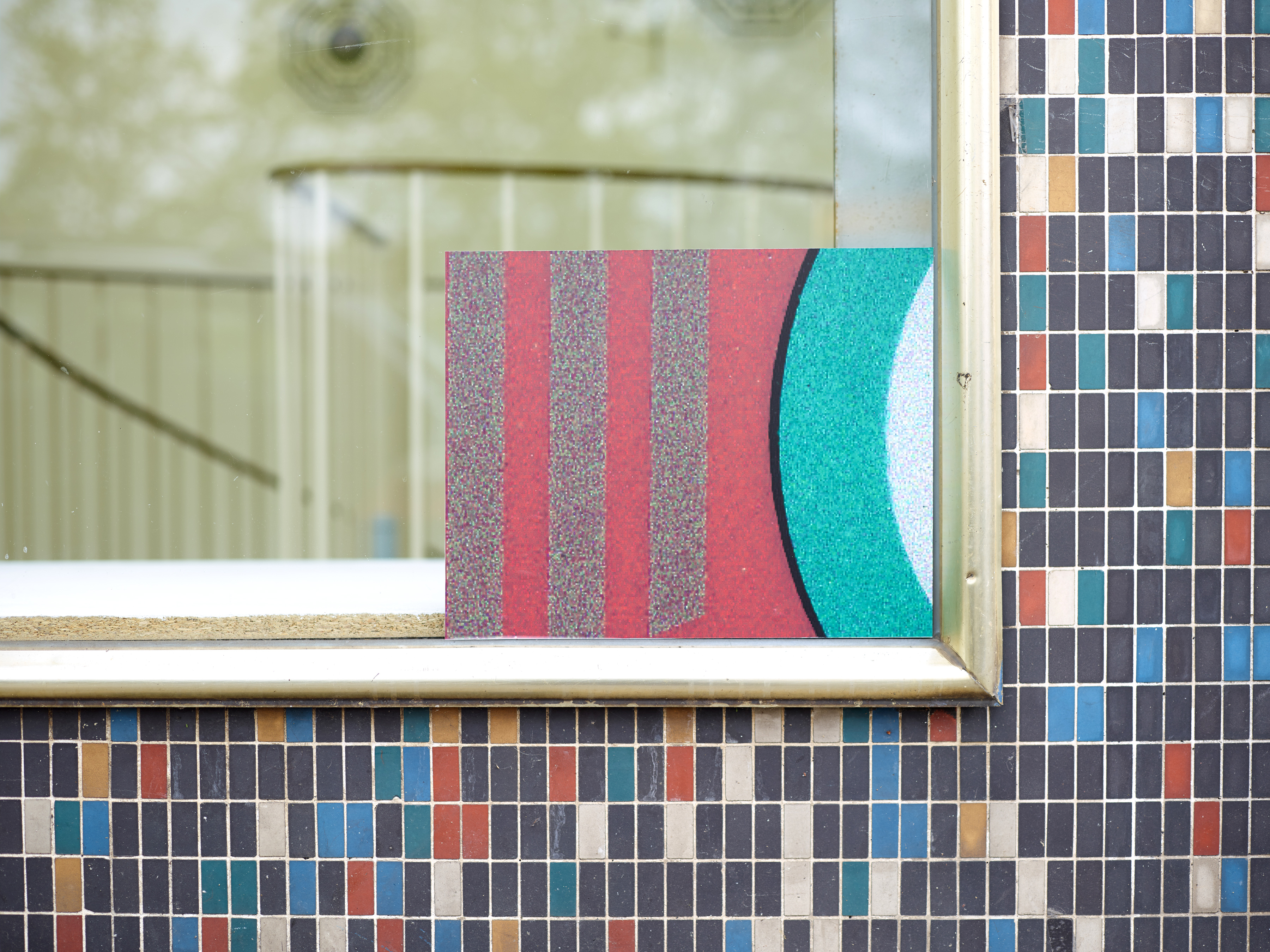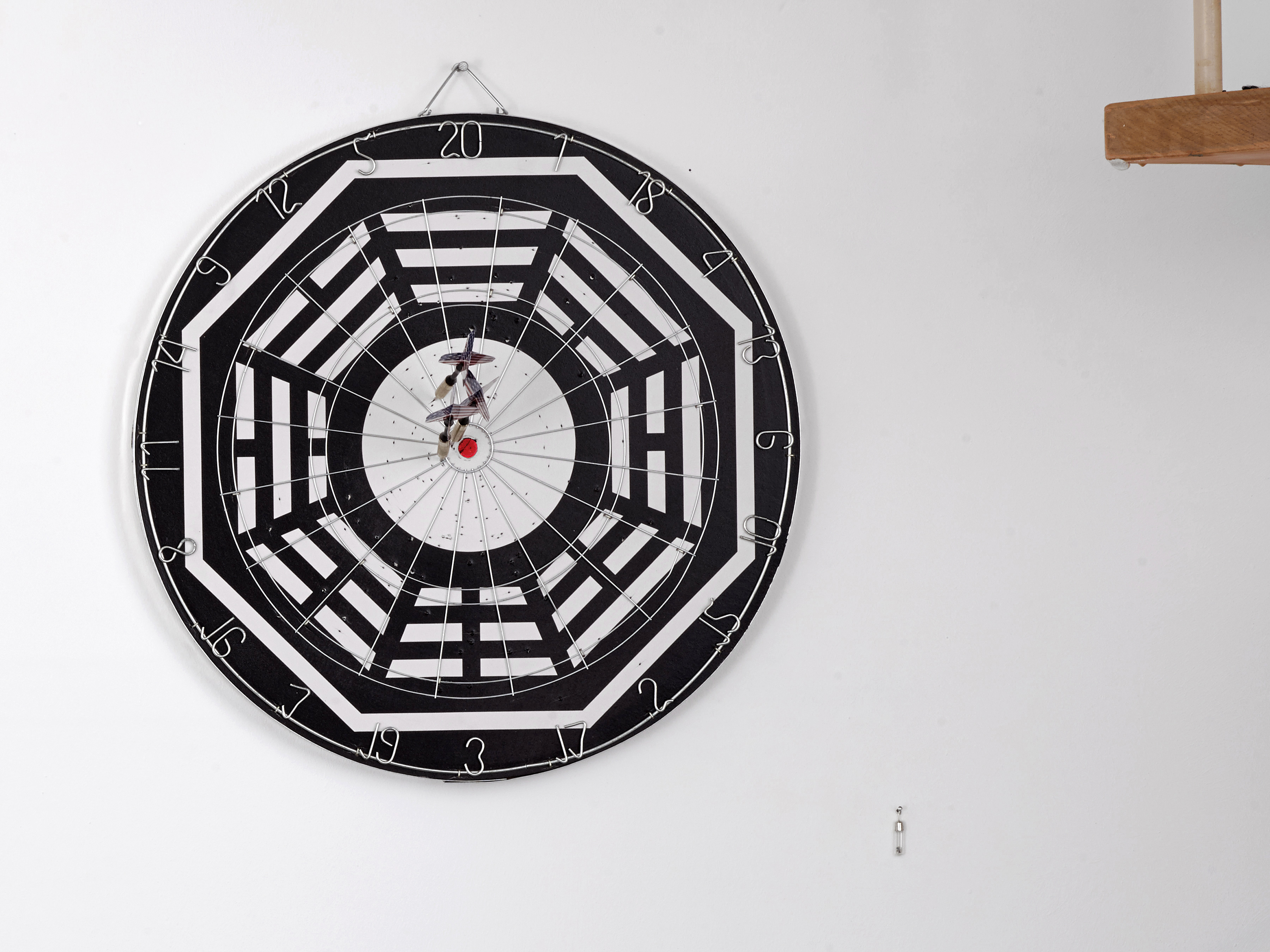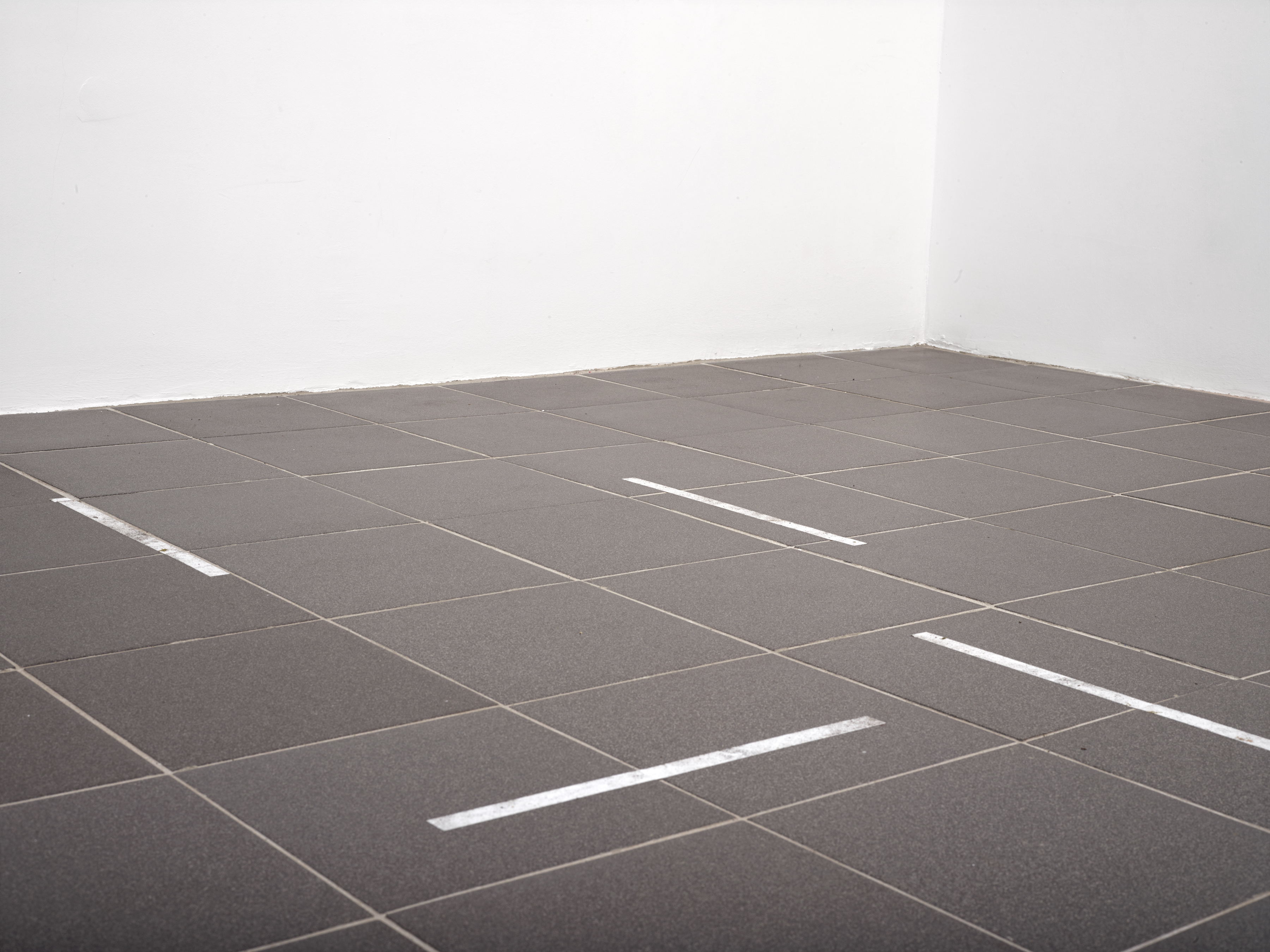2013/05/01 DARTS @ OFF VENDOME






















Zak Kitnick
May 16 – Jun 21, 2013
Ackerstraße 53, Düsseldorf
1.
Act so that there is no use in a centre.
Red…………………………………………………………….Reputation
Pink………………………………………………..…………Relationship
White…………………………………….………………………Creativity
Grey…………………………………………………..……………….Travel
Black………………………………………………………………….Career
Blue…………………………………………………………………Wisdom
Green…………………………………………………………………Family
Purple………………………………………………..…………Prosperity
A whole centre and a border make hanging a way of dressing.
Heaven******************************************Heaven
Wind**********************************************Wind
Water********************************************Water
Mountain*************************************Mountain
Earth*********************************************Earth
Thunder***************************************Thunder
Fire*************************************************Fire
River**********************************************River
If the center has the place then there is distribution.
Almost very likely there is no seduction, almost very likely there is no steam, certainly very likely the height is penetrated, certainly certainly the target is cleaned.
2.
Matt Moravec: Düsseldorf.
Zak Kitnick: I like it here.
MM: So, how did we end up with this show of dartboards?
ZK: It kind of entered the work through no work. A little like how I also wanted these symbols to enter through the back door. I made a New Year's resolution a couple years ago to get a dartboard. The next day I got a dartboard. In the studio it became a way to mark the end of one task and the beginning of another, to divide and structure the day. For the last couple months it's been kind of the opposite equation, doing little bits of work between playing darts.
MM: So you play darts alone?
ZK: It can be a solitary activity. To pause, look at one thing for a long time. But whether you're playing alone or against somebody you're only ever playing against yourself.
MM: The dartboard is a graphic, almost iconic object.
ZK: It’s a strong looking object. When I'm not playing it's in a cabinet I keep closed. I think the red and green, black and white of the traditional dartboard entered the work a little earlier in the show at Clifton Benevento. These colors are the four opposite points of the Bagua grid. Maybe it was a coincidence. The other four points, the corners are purple, blue, gray and pink.
MM: And the dartboards and rice grains are related?
ZK: Everybody eats rice. Everybody likes darts, maybe not. It's has more to do with micro and macro, close and far. I like using things that contain their own information on how to use them. The dartboards always go at the same height, you always stand the same distance from them. There's no thinking, “well, maybe a little higher or lower.” And the rice, it's placed based on the information of the Bagua, dotting the walls, defining and labeling each section. There's no thinking, “a little to the left or the right.” And you have to be really close to it to read it. You can't see these two works at the same time even though they're next to each other. If you're looking at one, you're too close or too far from the other—out of position.
MM: So, micro and macro but not big and small.
ZK: Well, the dimensions of each group can vary. The sizes of the works are the same because both can be expanded and contracted (without thinking in terms of concentrating or diluting) to any size—ideas of site and context are treated with the mobility of a methodology. To make work with its own terms, work that’s site specific without being site contingent, that's both place and placeless. All the work’s based on feng shui, which is a set of concerns with the versatility to orient or organize the construction of buildings, or to remedy or reorganize the already built, but I like its versatility as a reaction.
MM: Yeah, site-specific. And what about time?
ZK: Well, the better you get at it, the shorter a game of darts becomes, but I wanted to make work that you would potentially engage with for a few minutes. Either way, I guess that's longer than the 10 or 15 seconds I usually look at a painting for. That’s also something I like about how your split-level space unfolds rather than seeing everything at once.
MM: You were describing it at as a sort of yin-yang, two parts that make a whole.
ZK: Yeah, with the existing white tile floors upstairs, the black tile floors downstairs, and the spiral staircase between. The dartboards upstairs are white with the trigrams in black; downstairs they're the opposite. It felt like the works entered this existing organizational system. They support, and are supported by it.
MM: What about the windows?
ZK: Yeah, I didn't realize the sign said FOR RENT in German… and had your e-mail on it. I think it'll be good.
MM: It’s a picture of the gallery taken from when it was a fur store, but more recently it was a decoration store and I can't get the old vinyl off, so there's this picture in a picture within the picture window.
ZK: You might not be able to get this vinyl off either. Seems like there's a high turn over for stores here. But when I was looking at pictures of the space I really liked the interior and exterior mosaic and had been enlarging these pictures of trigrams until the pixels turned into a mosaic. It was a coincidence. It works to block the existing text and the back of dartboards hanging against the windows.
MM: It's decorative and functional.
ZK: I like that Oscar Wilde quote, "I have found that all ugly things are made by those who strive to make something beautiful, and that all beautiful things are made by those who strive to make something useful." There's this duality and divide between symbol and function. Like the dartboards.
MM: Kind of like how the rice structures space and the dartboards structure time?
ZK: Yes. That’s it.